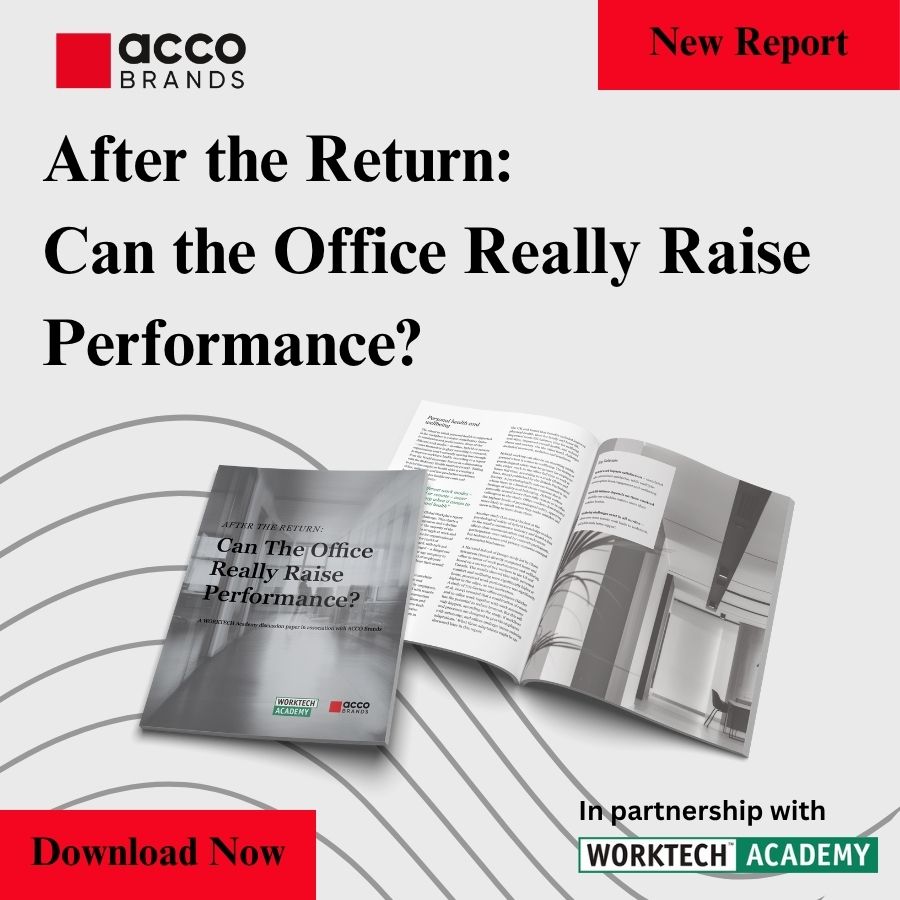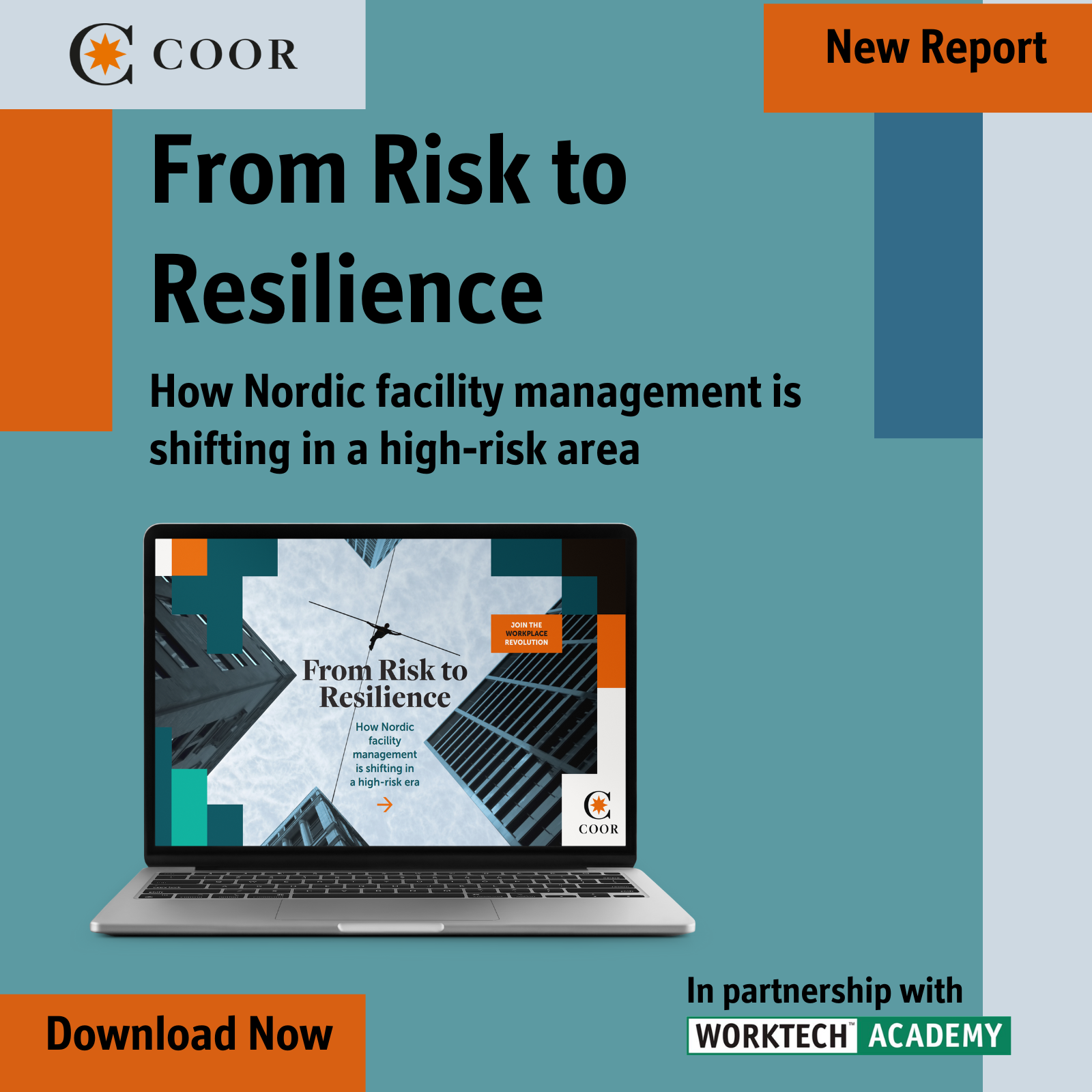A decade of change: charting the path of evolution in the Middle East workplace
A decade after the inaugural Middle East workplace productivity study, new research by Workplaced reveals just how far the region has come – and where old challenges remain
When the first Middle East Workplace Productivity Study was published in 2015 by Professor Nick Nunnington with RICS and MECO, the region’s offices were largely static, hierarchical and tied to physical presence. A decade on and the Middle Eastern landscape of work looks starkly different.
This evolution is charted in a new piece of research conducted by Workplaced, in collaboration with Professor Nick Nunnington and various other collaborators including Haworth, Savills, Woods Bagot and WORKTECH Academy. The latest survey charts a sweeping transformation across productivity, sentiment and hybrid working.
Hybrid is the baseline
In 2015, employees in the Middle East averaged just over four days a week in the office. Today, that figure has dropped to under three. The office has shifted from being a mandatory daily destination to a purposeful hub for collaboration and culture.
Hybrid working – which was once considered incompatible with regional traditions – has taken hold, particularly in the UAE where government-led flexibility policies have paved the way. Employees there now report one of the smallest gaps globally between their current and preferred hybrid schedules, suggesting an alignment between policy and practice that many Western markets still struggle to achieve.
Trust remains fragile
At headline level, the region’s workplaces are delivering better outcomes. Perceived productivity has risen from 52% in 2015 to 68% in 2025, a 16-point jump driven by improved workspace design, better technology, and flexible scheduling.
But behind the progress lies an enduring paradox. While 92% of employees say trust is their most important emotional need at work, almost half (48%) still don’t feel trusted by their organisation. This ‘trust gap’ is the region’s new productivity frontier and it stands as proof that while the physical and digital environment has evolved, cultural management habits have not fully caught up.
The human turn
What has changed most dramatically is how people feel about work. In 2015, workplaces were functional but uninspiring; sentiment scores for joy, pride and involvement were modest.
By 2025, those metrics have surged. Joy has increased from 48% to 70%, pride has increased from 46% to 60% and sense of involvement has risen from 50% to 65%.
These gains reflect deliberate national and corporate investments in wellbeing and inclusion. Women now represent 40% of respondents, up from 27% in 2015. Nearly one in five senior managers are female. Initiatives such as the UAE Gender Balance Council and the shorter working week for government employees have had a tangible ripple effect on corporate policy and culture.
Persistent pain points
Offices across the region have grown more sophisticated. Adjustable furniture, biophilic elements and improved air quality are now considered essential to wellbeing. More than 80% of women and 70% of men rate ergonomics and furniture quality as their top workspace priorities.
However, not all the old problems have disappeared. Noise and distraction remain major barriers to focus, while temperature control – especially for female employees – continues to divide opinion. These persistent hygiene factors, identified in 2015, show that some aspects of comfort are still unresolved even in higher-quality, certified buildings.
New expectations
Generational change is reshaping the regional workplace. Millennials now make up 69% of the workforce (up from 47% a decade ago) and Gen Z a further 11%. Together, they are driving new expectations around flexibility, purpose and wellbeing.
The workforce has also become more globally diverse. Respondents from Asia now account for half of the dataset, compared with just one-third in 2015. This reflects the increasingly international talent mix across Gulf economies.
Presence to purpose
If 2015 was about fixing the basics such as air quality, IT infrastructure and rigid layouts, 2025 is about focusing on meaning, trust and belonging. The study concludes that most of the foundational barriers have been removed. The next decade’s challenge will be cultural, not structural with an emphasis on connecting people, building confidence, and designing workplaces that enable joy as much as output.
Read the full report here.








